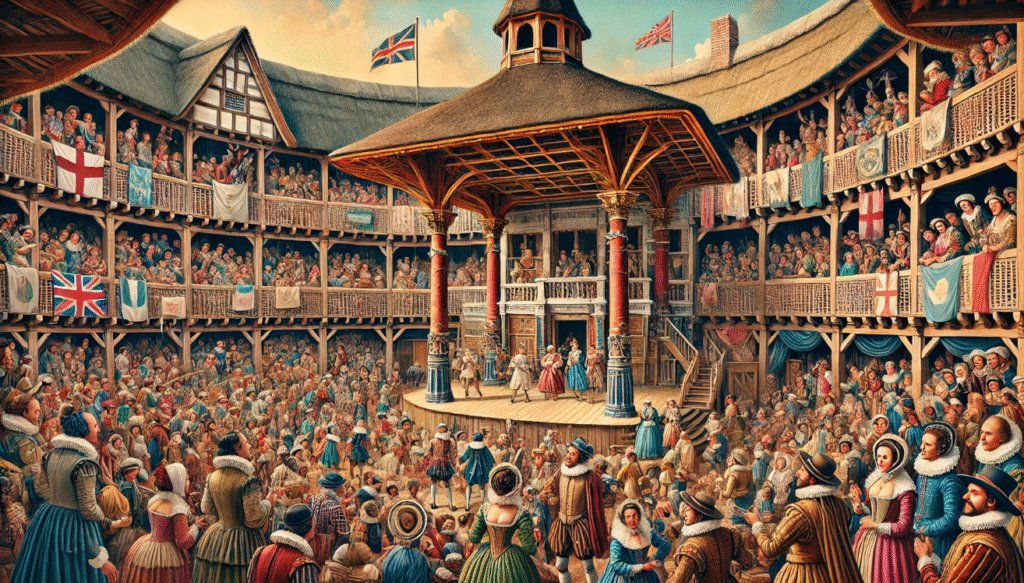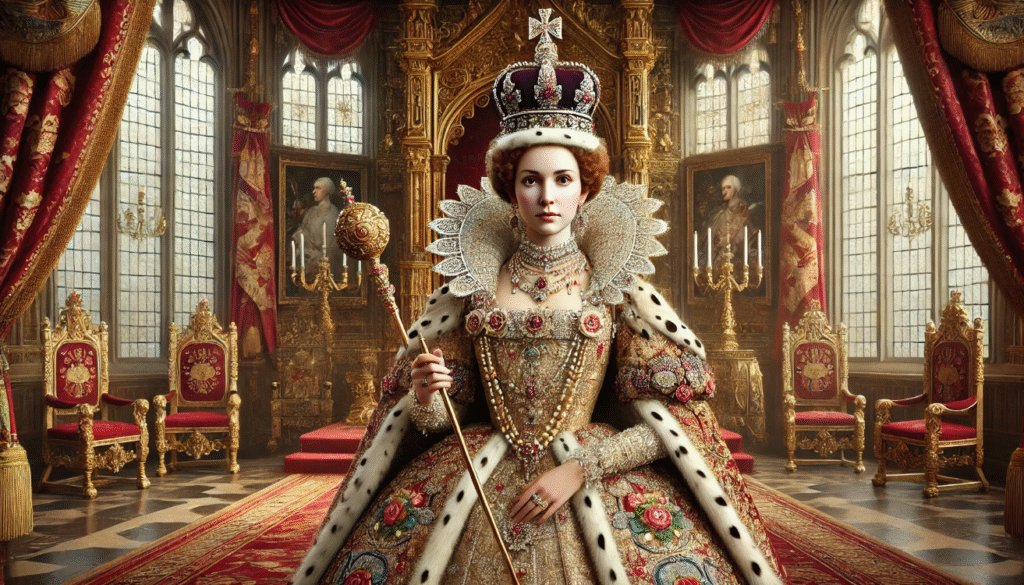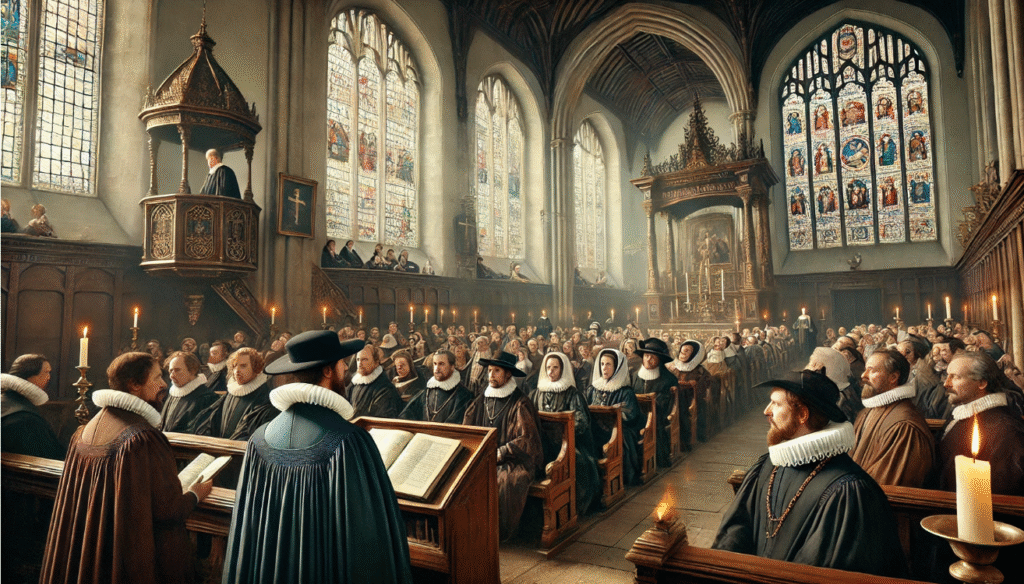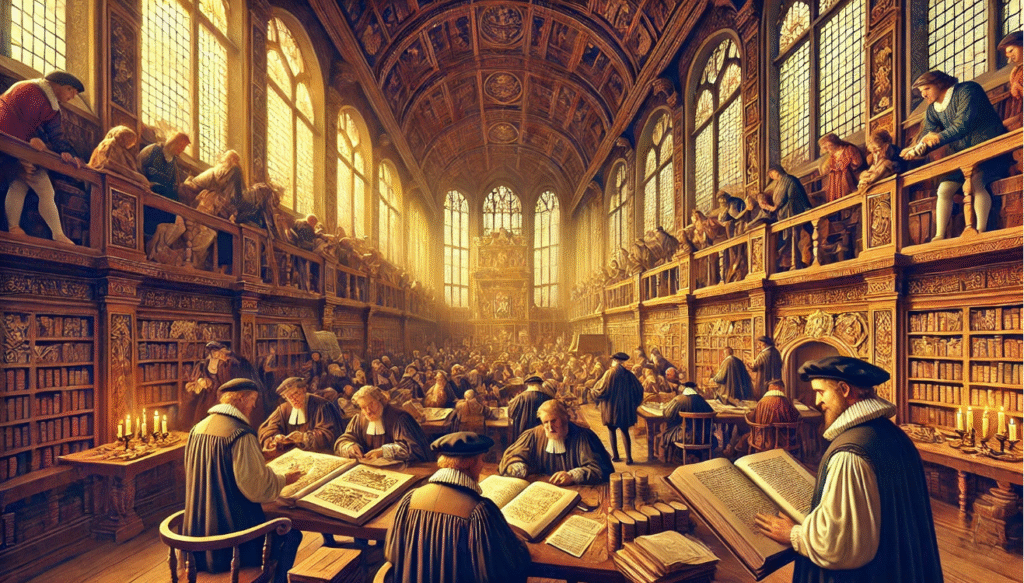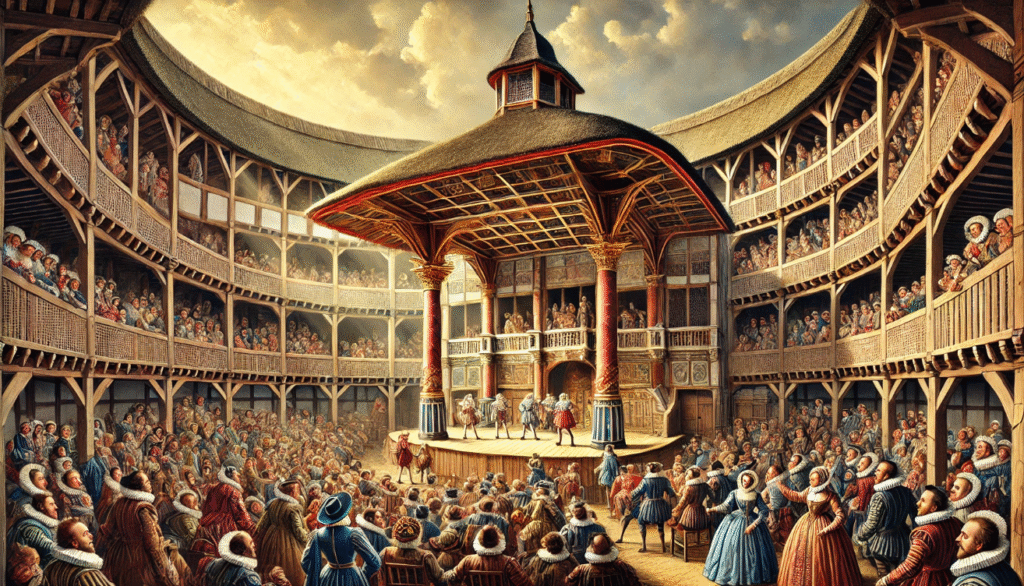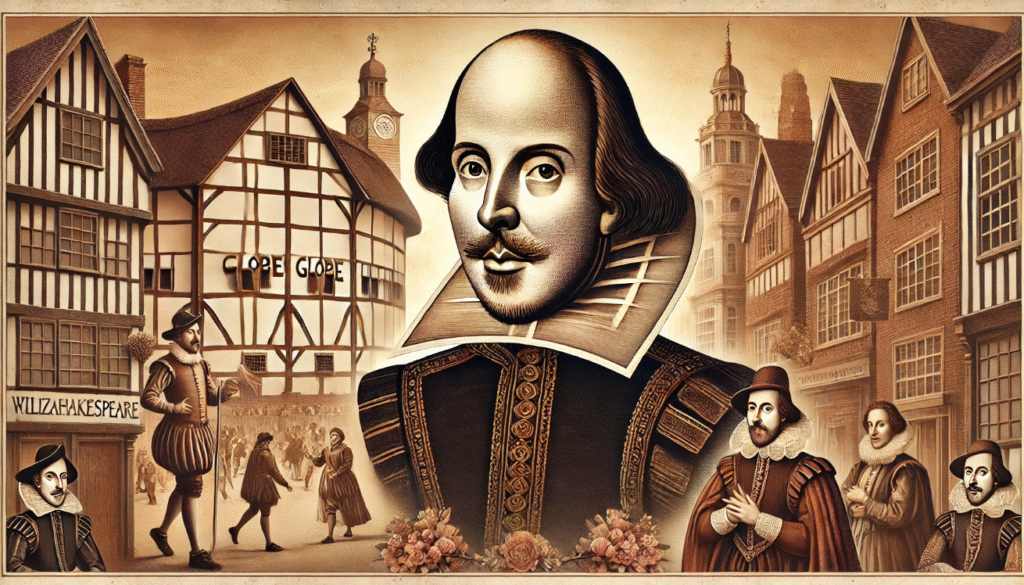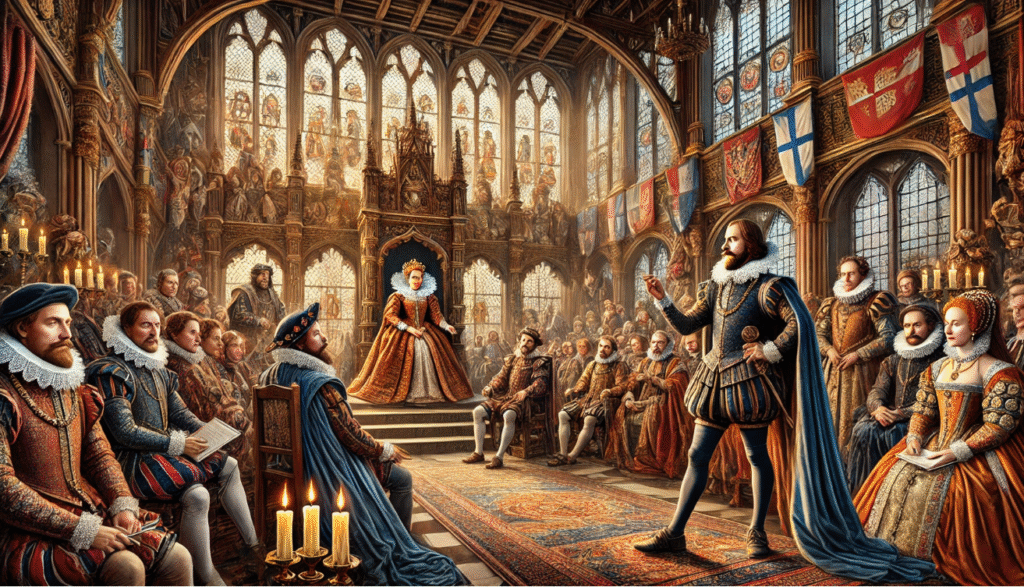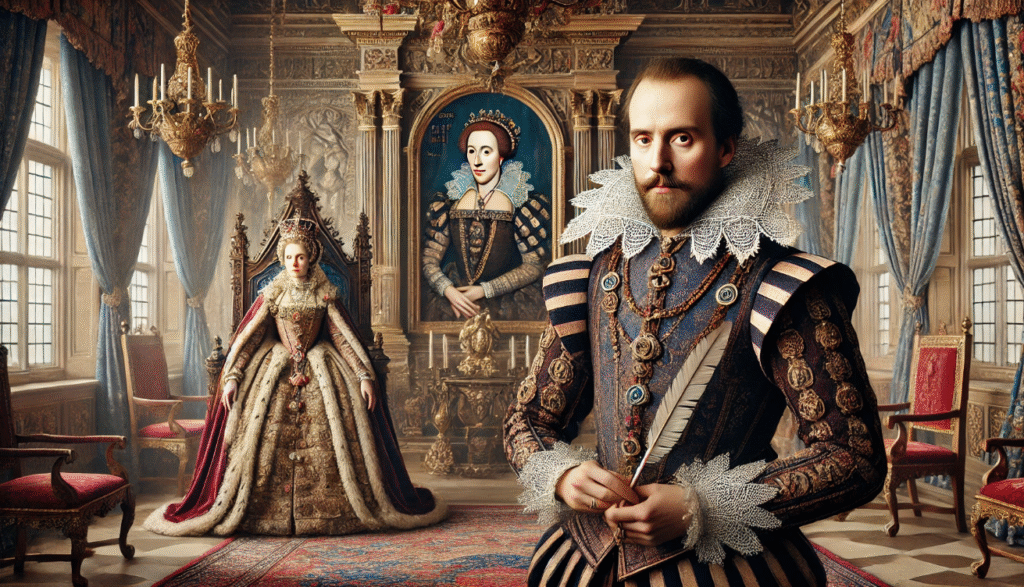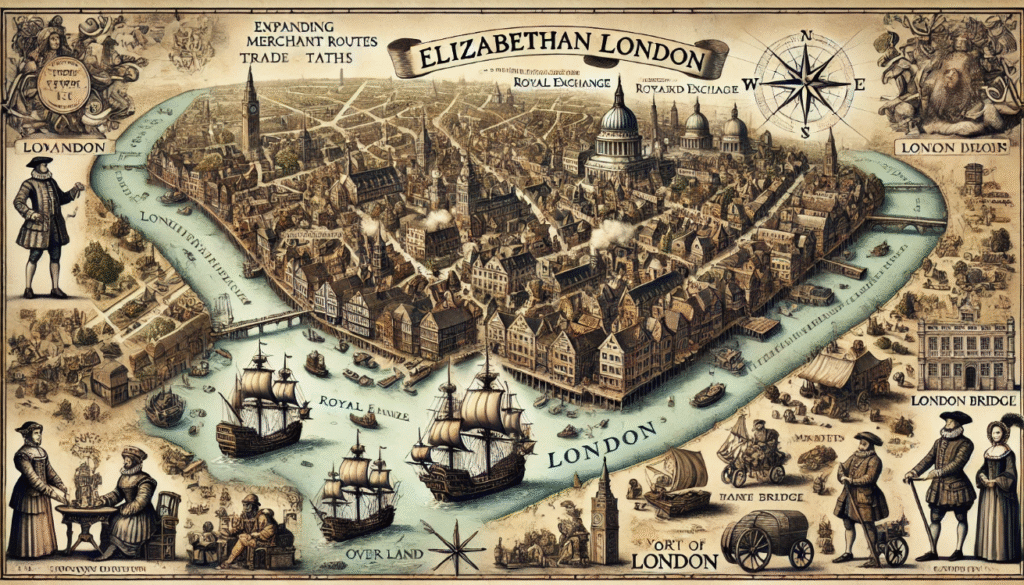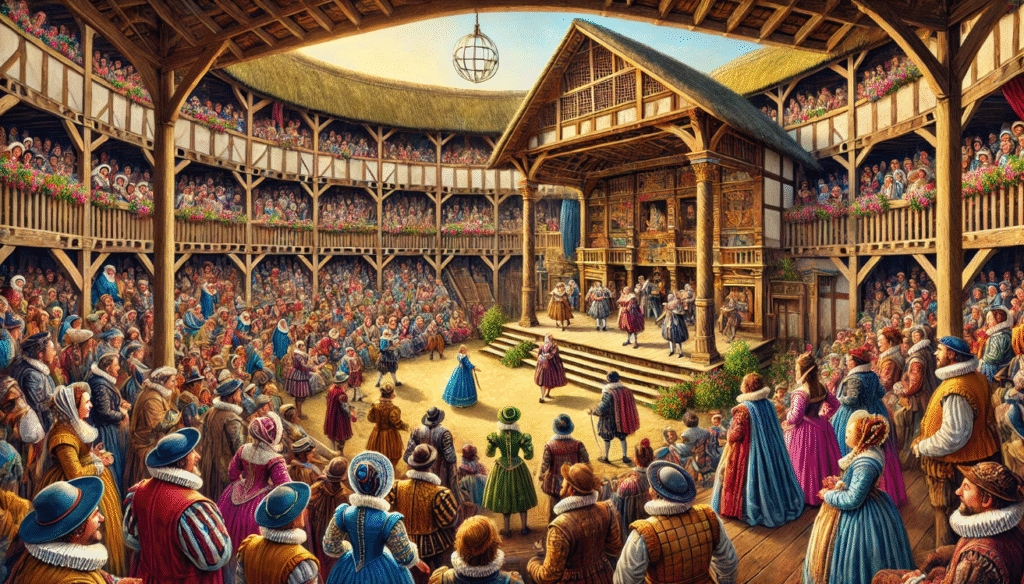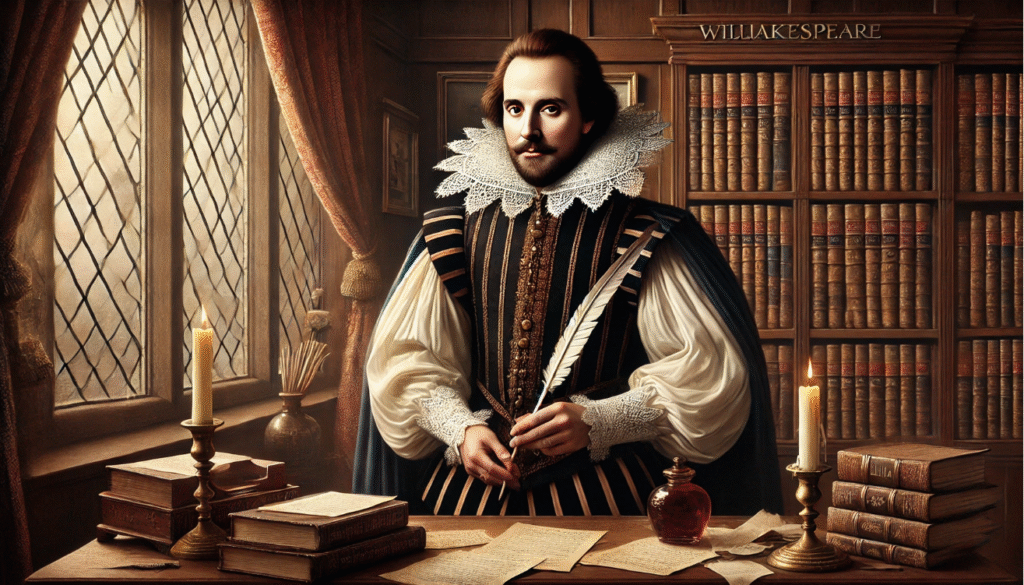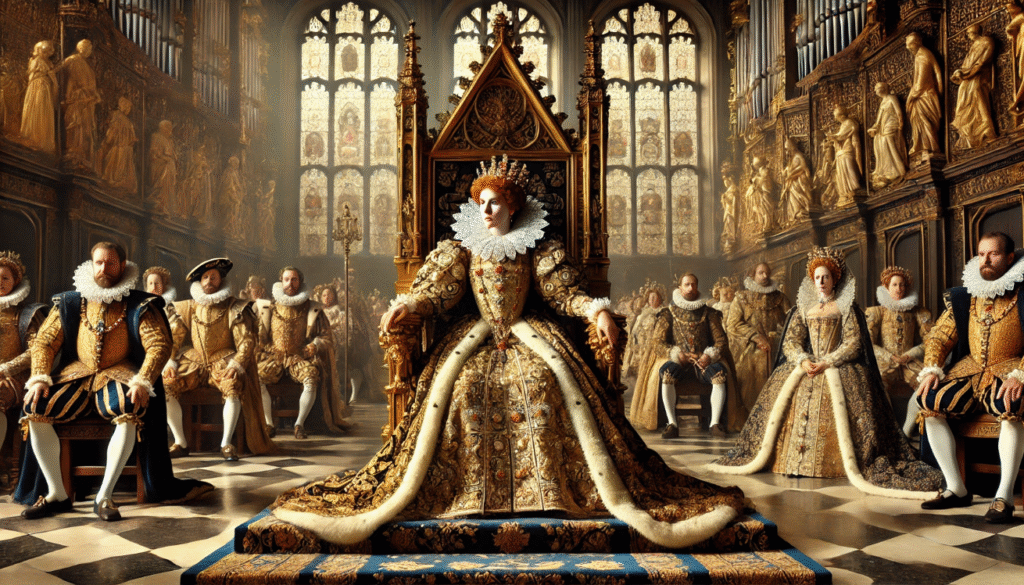 Shakespeare and the London audience considered one of the greatest playwrights and poets in the English language. He was born in 1564 in Stratford-upon-Avon, and his works continue to be widely studied and performed around the world. During the Elizabethan and Jacobean eras, the London audience was diverse and enthusiastic. Theaters such as the Globe and the Rose attracted people from all walks of life, from the nobility to the common folk. The audience was known for its rowdiness and engagement with the performances, creating a lively and interactive atmosphere. Shakespeare and the London audience plays, with their mix of humor, drama, and social commentary, were well-received by this vibrant audience.
Shakespeare and the London audience considered one of the greatest playwrights and poets in the English language. He was born in 1564 in Stratford-upon-Avon, and his works continue to be widely studied and performed around the world. During the Elizabethan and Jacobean eras, the London audience was diverse and enthusiastic. Theaters such as the Globe and the Rose attracted people from all walks of life, from the nobility to the common folk. The audience was known for its rowdiness and engagement with the performances, creating a lively and interactive atmosphere. Shakespeare and the London audience plays, with their mix of humor, drama, and social commentary, were well-received by this vibrant audience.
Shakespeare’s interaction with the London audience played a crucial role in the birth of modern theater. His plays were not only written to entertain the masses, but also to provoke thought and engage with the social and political issues of the time. By catering to the diverse tastes of the London audience, Shakespeare was able to create a diverse body of work that appealed to a wide range of people. This interaction helped to shape the modern theater experience by emphasizing the importance of audience engagement and creating a more immersive and interactive form of entertainment. Ultimately, Shakespeare’s ability to connect with the London audience helped to establish the foundations of modern theater as we know it today.
The London Audience in Shakespeare’s Time
Demographics and Diversity:

The London audience during Shakespeare’s time was made up of a diverse mix of people, including nobles, the middle class, and the working poor. This diversity in the audience greatly influenced the variety and relatability of Shakespeare’s plays. It allowed him to create characters and storylines that resonated with people from all walks of life, incorporating different perspectives and experiences into his work. This helped make his plays universally appealing and relatable, as they addressed the concerns and interests of a wide range of audience members.
Cultural and Social Context:

During the late 16th and early 17th centuries, London experienced a period of significant growth as a cultural and economic hub. The city was bustling with activity and became a center for trade, commerce, and the arts. One of the most notable cultural developments during this time was the rise of public theaters, such as The Globe. These theaters played a crucial role in shaping London’s cultural landscape and providing entertainment to the masses. The Globe, in particular, became synonymous with the works of renowned playwright William Shakespeare, and it attracted a diverse audience from all walks of life. The thriving theater scene in London not only provided entertainment but also contributed to the city’s economic prosperity by attracting visitors and stimulating local businesses.
The Role of Theaters in London
The Physical Space:

The Globe and Black friars theaters were iconic venues during the Elizabethan era, known for hosting the plays of William Shakespeare and other influential playwrights of the time. The Globe was an open-air theater with a large central space for standing spectators, known as groundlings, who were mostly commoners and lower-class individuals. The galleries surrounding the central space were reserved for the upper classes, providing a clear reflection of societal hierarchies. In contrast, the Blackfriars theater was an indoor venue, catering to a more affluent and aristocratic audience, with seating arrangements that further emphasized the class divide. These theaters not only provided entertainment and cultural enrichment, but also served as a vivid reflection of the social dynamics of the time.
Accessibility and Affordability:

The affordability of theater tickets plays a crucial role in attracting a wide audience to live performances. By offering tickets at a reasonable price, theaters can appeal to a broader range of people, including students, young professionals, and families. This not only allows more individuals to experience the magic of live theater, but also helps to create a diverse and inclusive audience. Additionally, affordable ticket prices can also help to introduce new audiences to theater and encourage repeat attendance, ultimately contributing to the sustainability of the industry. Overall, making theater accessible to a wide range of individuals through affordable ticket prices is essential in promoting the arts and ensuring that live performances continue to thrive.
The Theater as a Social Experience:
The energetic and interactive nature of Elizabethan theater was a key characteristic of the time. Audiences were often lively and engaged, frequently interacting with the actors on stage. Actors would directly address the audience, creating a sense of immediate connection and involvement. Additionally, the use of music, dance, and elaborate costumes added to the dynamic and vibrant atmosphere of the performances. Overall, Elizabethan theater was a highly immersive and engaging experience for both actors and audiences alike.
Shakespeare’s Adaptation to the London Audience
Understanding Audience Preferences:

Shakespeare’s ability to blend genres such as tragedy, comedy, and history is a testament to his mastery as a playwright. By incorporating universal themes like love, power, betrayal, and revenge into his works, he was able to create stories that resonate with audiences across cultures and time periods. This unique combination of genres and themes allows his plays to appeal to a wide range of audiences and continue to be relevant to this day.
Use of Language and Humor:
Ah, my dear groundlings, gather ’round and lend me your ears as I regale you with clever wordplay and bawdy humor fit for the Globe Theatre! Let us revel in the art of puns and jests that tickle the funny bone and elicit hearty guffaws from the lowly masses. And for you, esteemed elites, I shall weave soliloquies and employ poetic devices that stir the soul and ignite the intellect. With my eloquence and mastery of language, I shall transport you to the heights of literary excellence, where Shakespeare himself would nod in approval. So, whether you be a groundling or an elite, fear not!
Engagement with Topical Issues:
The political, cultural, and social issues of the time played a significant role in creating a sense of immediacy and relevance. For example, the civil rights movement and anti-war protests of the 1960s brought attention to issues of racial inequality and government accountability, which helped to shape public consciousness and drive meaningful change. Additionally, the rise of globalization and technology in the late 20th century brought about new challenges and opportunities, impacting the way people lived and interacted with one another. By addressing these issues in a timely and relevant manner, it helped to engage audiences and foster a deeper understanding of the world around them. This approach also allowed for a more dynamic and impactful response to these issues, ultimately contributing to a more informed and engaged society.
The Interactive Nature of Shakespeare’s Theater

Audience Participation:
The vocal and physical reactions of audiences during performances can have a significant impact on the actors’ performances. When audiences are engaged and responsive, it can energize and inspire the actors, leading to more dynamic and authentic performances. On the other hand, if the audience is disengaged or unresponsive, it can be challenging for the actors to maintain their energy and focus. This is why actors often feed off the energy of the audience and use their reactions as cues for timing and emotional expression. For example, a comedian may adjust their delivery based on the audience’s laughter or lack thereof, while a dramatic actor may draw from the audience’s emotional responses to enhance their own performance.
Breaking the Fourth Wall:
Shakespeare’s innovative use of asides and direct addresses in his plays is a key element in engaging the audience. By having characters speak directly to the audience or share their inner thoughts through asides, Shakespeare creates a sense of intimacy and involvement that draws the audience into the action on stage. This technique allows for a deeper connection between the characters and the audience, providing insight into their motivations and emotions. It also adds a layer of complexity to the storytelling, as the audience becomes privy to information that other characters may not be aware of. Overall, Shakespeare’s use of asides and direct addresses serves to enhance the theatrical experience and create a more immersive and dynamic relationship between the audience and the performers.
The Lasting Legacy: Birth of Modern Theater

Shakespeare’s Impact on Theatrical Conventions:
In recent years, there has been a noticeable shift in storytelling from traditional morality plays to more complex character-driven narratives. This new approach emphasizes the introduction of psychologically nuanced characters, allowing for a deeper exploration of their inner thoughts and motivations. This shift has led to more compelling and multifaceted storytelling, as audiences are able to engage with characters on a deeper level and understand their complexities. This evolution in storytelling has enriched the way we experience and interpret narratives, ultimately leading to a more immersive and thought-provoking storytelling experience.
Establishing a New Theater Tradition:
The creation of timeless plots and archetypes in theater has had a profound impact on contemporary works. Many of the stories and characters we see in modern plays, films, and literature can be traced back to ancient theater traditions. The universal themes and relatable characters found in these timeless plots continue to resonate with audiences today. Additionally, the emergence of theater as a form of entertainment for all social classes has helped to ensure that these stories and archetypes remain relevant and accessible to a wide range of people. As a result, the influence of ancient theater on contemporary works is undeniable, and its impact continues to be felt in the world of creative storytelling.
Inspiration for Modern Theater Practitioners:
Shakespeare’s influence on modern playwrights, directors, and performers is undeniable. His works continue to inspire and influence the creation of new plays, the direction of productions, and the performances of actors. Many contemporary playwrights and directors draw on Shakespeare’s themes, characters, and storytelling techniques in their own work, while actors often look to his iconic characters and language for inspiration. Shakespeare’s impact on the modern theatre world is profound and enduring.
Shakespeare’s unique ability to connect with the London audience can be attributed to his brilliant storytelling, compelling characters, and universal themes that resonated with people of all backgrounds. His plays were known for their mixture of comedy, tragedy, and romance, providing something for everyone in the audience to enjoy and relate to. This connection with the London audience laid the foundation for modern theater by setting a standard for dramatic storytelling and character development. Shakespeare’s work inspired countless playwrights and continues to be a benchmark for theatrical excellence. Shakespeare’s enduring influence on the global stage is undeniable. His plays have been translated into nearly every language and continue to be performed and adapted in a wide range of settings and cultures.

